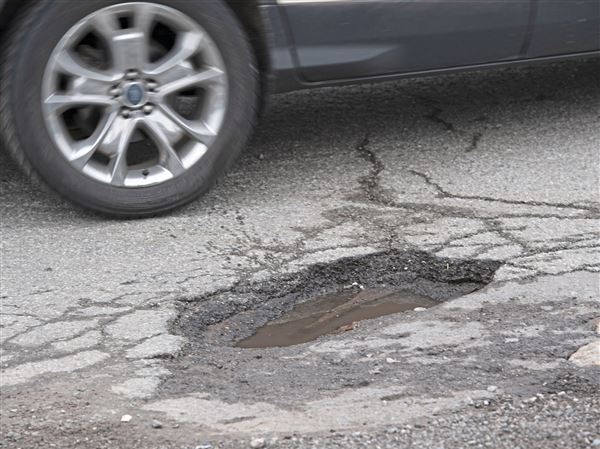There are many issues on which Pennsylvania’s elected officials — from both parties and all levels of government — should be working together. One of them is population growth. A new report indicating that Pennsylvania likely will lose one congressional seat and possibly two seats after the next census should drive home the point.
According to Election Data Services, a Virginia political consulting firm, Pennsylvania is one of nine states likely to lose representation in the reapportionment process following the 2020 census. Each of the 50 states has two senators, but a state’s representation in the House is based on population. When a state’s population increases relative to that of other states, so does the size of its congressional delegation and, correspondingly, its clout in Washington. When a state loses population, stagnates or gains people more slowly than other states, its delegation and influence shrink.
These demographic factors explain why California has 53 representatives in the House and Florida has 27, while Pennsylvania has 18 and Ohio has 16. This picture has been developing for a long time. In 1910, the four states had 11, 4, 36 and 22 representatives, respectively. In 1980, they had 45, 19, 23 and 21, respectively.
While various factors, including climate and suburbanization, fueled the long demographic shift from the Northeast and Midwest to the West and South, the decline of manufacturing was one important factor depressing the population of industrial states, including Pennsylvania, during the twilight of the 20th century. According to Election Data Services, Pennsylvania’s population in 2020 is projected to be between 12.7 million and 12.9 million while California’s is projected to be between 40.5 million and 41.2 million.
The loss of clout in Washington makes it more difficult to influence policy on important matters, such as transportation, energy and development, and raises the possibility that officials in the nation’s capital will begin paying the state less heed. It can be no coincidence that some of the voters who expressed a sense of abandonment during the recent presidential campaign were from states — such as Pennsylvania, Ohio, West Virginia and Michigan — that continue losing congressional representation.
In addition, a smaller congressional delegation translates into fewer votes in the Electoral College, meaning less clout in presidential campaigns. Within a state, the loss of a seat sets up a partisan fight over which district will be eliminated and how the remaining ones will be redrawn. The bickering siphons time and attention from what could be bipartisan efforts to move the state forward.
Pennsylvania has a lot of catching up to do. The state’s elected officials must not only work together to increase population, but they must avoid initiatives that merely move people and jobs around the commonwealth. Pennsylvania gains little when a company moves from one county to another, or to refer to a current trend, when Pittsburgh experiences an influx of newcomers from Philadelphia. Pennsylvania gains a lot when a new company is established here or when one is attracted here from another state.
Because of the political drama involved, reapportionment may seem like a game of musical chairs. But the impact is very serious.
First Published: January 3, 2017, 5:00 a.m.














